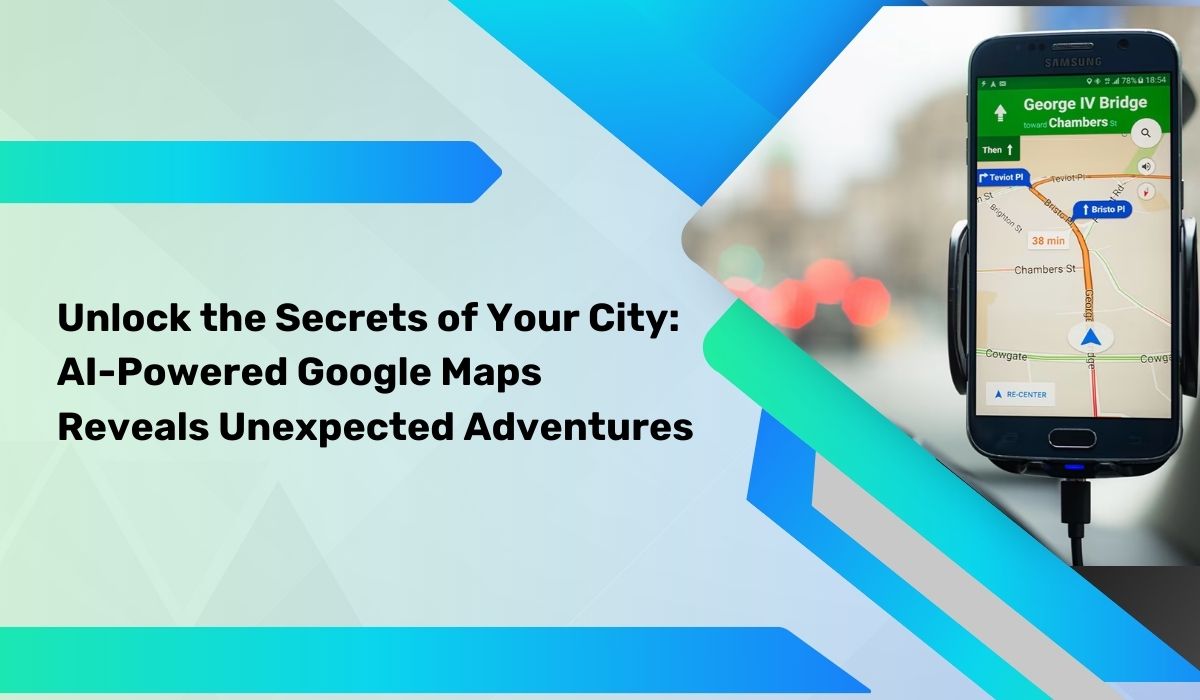
Google Maps, the globally popular navigation application, is incorporating the power of generative AI to revolutionize user experiences. The tech giant is currently in the testing phase of a new feature, leveraging generative AI to assist users in discovering novel places such as restaurants, bars, and shopping destinations.According to a recent blog post by Google, the innovative feature will employ Large Language Models (LLM) to analyze data from over 250 million locations and insights from more than 300 million Local Guides. By utilizing this wealth of information, Maps aims to provide personalized recommendations by considering nearby businesses, places, along with associated photos, reviews, and ratings. Users can expect a refined search experience that categorizes results and presents them in a visually appealing manner, with photo carousels and concise summaries of reviews to aid decision-making.
For instance, if a user is searching for a store specializing in vintage-themed merchandise, Google Maps will present organized results across different categories like clothing stores, flea markets, and vinyl shops. Additionally, users can pose follow-up questions such as 'How about lunch?' to receive tailored suggestions, and subsequently, add places to lists or share them with friends. Initially, this cutting-edge generative AI functionality will be available to a select group of Local Guides in the United States, with no specific timeline provided for its global release.The integration of generative AI into Google Maps marks the initial steps towards a more conversational and personalized search experience. While the distinction from traditional search queries remains unclear, it is anticipated that the technology will enable Bard-style replies, fostering a more engaging interaction with users. Google emphasizes that this represents just the beginning of their foray into generative AI integration, hinting at potential future enhancements and features to come.